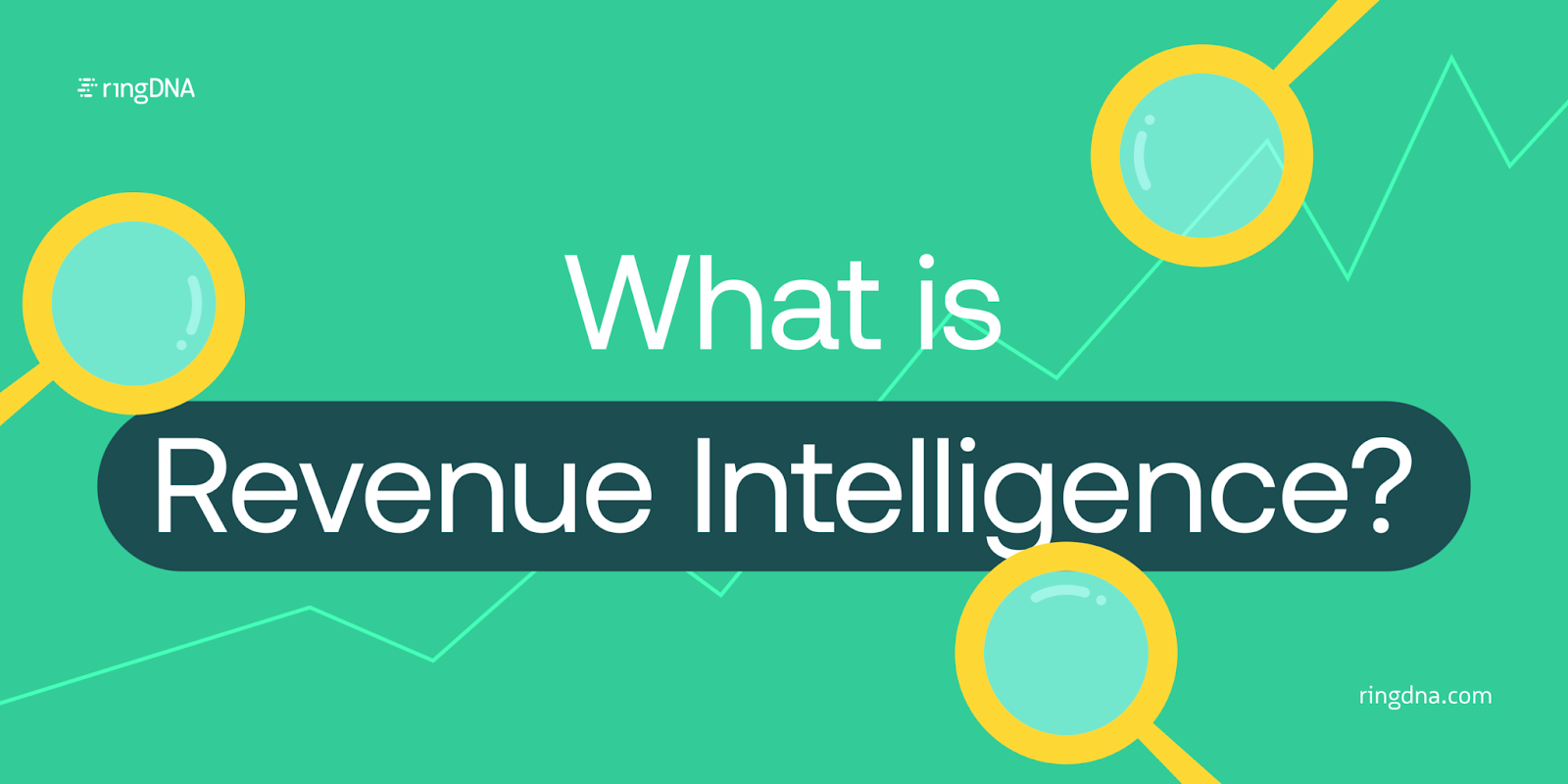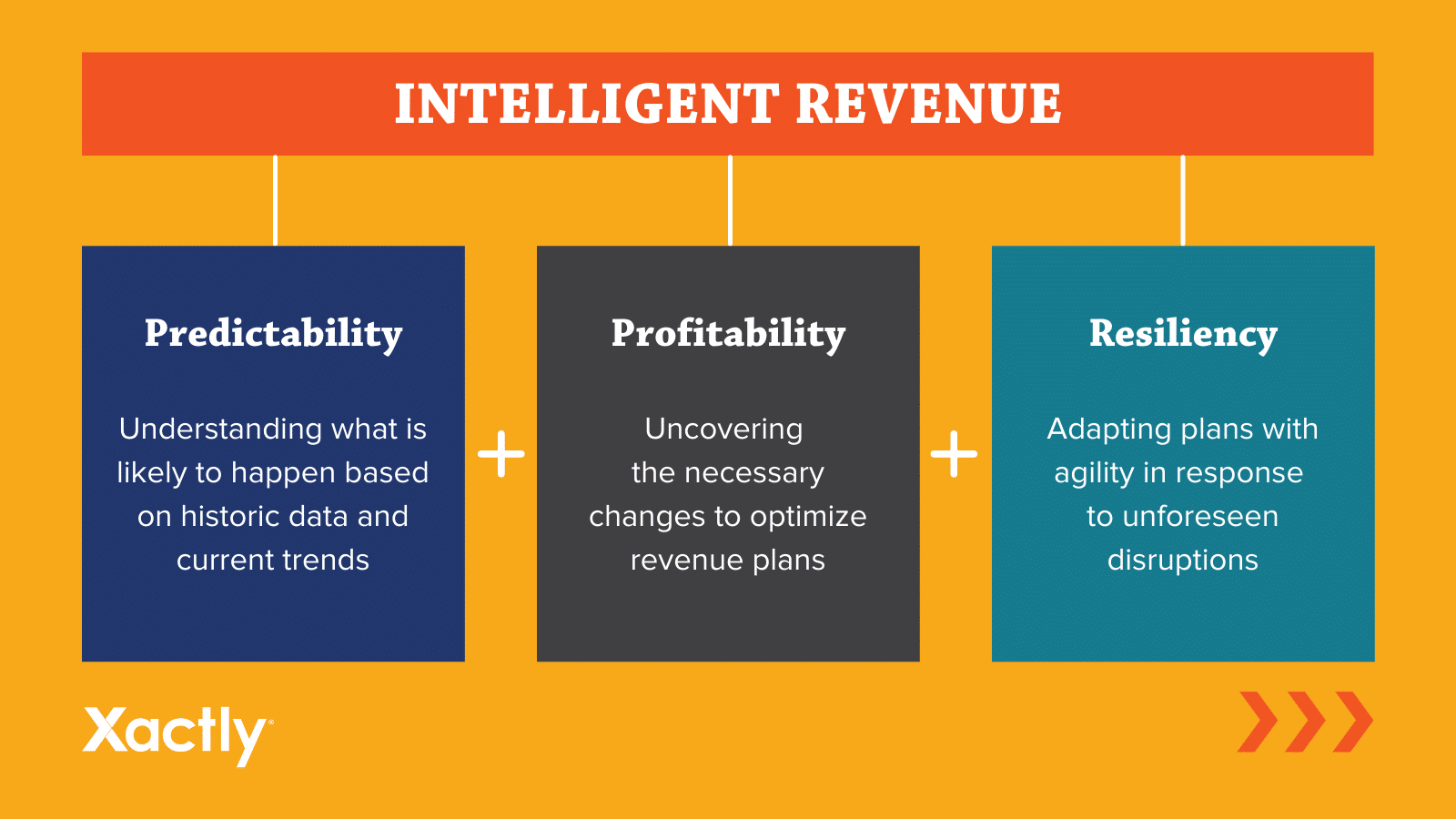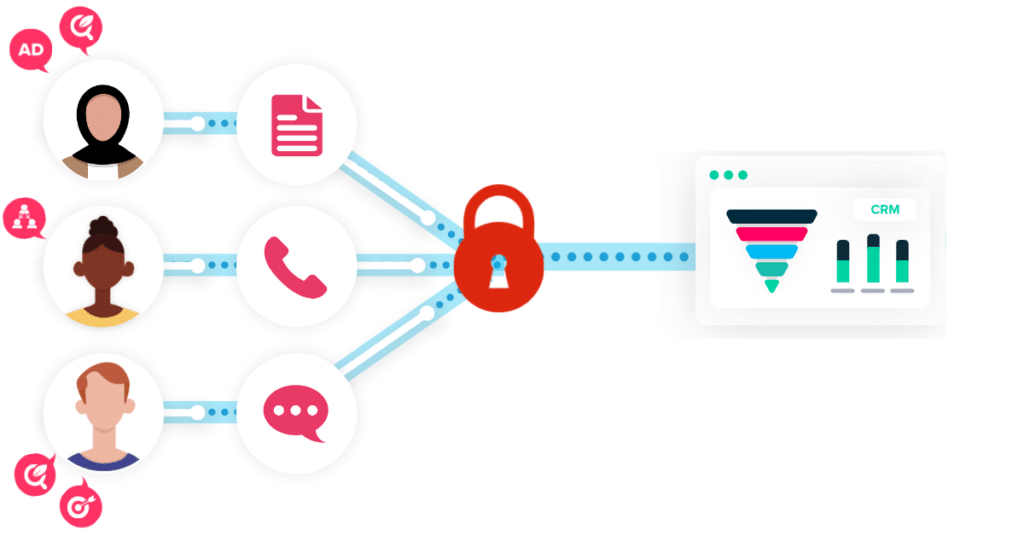Revenue Intelligence for B2B Businesses
Many aspects of human life are entirely dependent on technology now and the same can be said about business.
We have solutions providers for every business function possible, right from handling your customer support with AI-enabled chatbots to automation making sure the rescheduled meeting is reflected correctly in the calendars of all team members.
Growth in terms of revenue is the core objective of any business out there. While we have many solutions that help us carry out different business processes, none of those gains clearly translate into revenue gains for the business.
Having capable and expensive systems for every business function should in theory yield good results but they only add to the complexity and overwhelm you with data.
The law of diminishing marginal utility stands true for all business tech. But then how does a business use technology without the downsides of complex systems for each business function?
The answer is – Revenue Intelligence.
What is Revenue Intelligence?
Revenue Intelligence is a data-driven process that collects data in real-time from all your customer-facing personnel and operations viz. Sales, Marketing, Customer Success, and Service teams and analyses it for projecting forecasts, identifying trends, providing insights, and any other function that can help a business drive revenue growth.
The main USP of Revenue Intelligence is that it works in real-time, courtesy of technologies such as AI and Machine Learning to analyze data.

Image Courtesy – revenue.io
Revenue growth is the ultimate objective of any business, and all its functions work together to achieve that. The issue, however, is that all business functions operate using different strategies and objectives, and in most cases, those set objectives rarely translate into Revenue growth.
The process of Revenue Intelligence helps alleviate this disconnect between different business functions and organizational objectives and mitigates the data gaps caused due to running different systems for different functions.
Moreover, as this process runs in real-time, it does away with the delays associated with data ingestion, validation, and storage encountered in other standalone systems and automated processes for marketing functions.
But why would a B2B Business need Revenue Intelligence?
The need for Revenue Intelligence in B2B
The nature and framework of business in the B2B sector are significantly unique. Long sales cycles, high-ticket products and services, and customers evaluating multiple products for several weeks are the main factors that differentiate the B2B sector from the B2C model.

Image Courtesy – xactlycorp.com
The entirely different framework of business operation has its own set of unique requirements, which can be well fulfilled by deploying a Revenue Intelligence system. How exactly? We’ll explain that to you here.
1. Disconnects are Damaging
Every deal is important in the B2B sector owing to the high value associated with individual deals. Thus, each deal adds significantly more to a firm’s revenue when considered proportionally to its B2C counterparts.
Thus, if there are disconnects between functions within a firm, it could lead to a lot of operational friction between the marketing and sales function. This friction can result in lowered conversion rate, high cost of customer acquisition, high opportunity cost, and severe lack of operational efficiency.
The revenue Intelligence process changes the entire strategic and operational approach of all business functions and aligns them to the single goal of driving revenue growth. This change in approach minimizes the risks associated with disconnects.
2. Alleviates Data Inadequacy and Inaccuracies
CRMs still have to be fed data by sales representatives, and though we all expect them to promptly update customer data into CRM, realistically, it rarely happens. Over 50% of sales representatives admit that they do not update lead data to CRM.
That is a lot of valuable data that is being lost because of the human component in the system. Moreover, the human factor contributes to the data inaccuracies as well as sales representatives do make mistakes while making manual data entries.
The Revenue Intelligence system addresses these issues and has automated processes to collect data from various customer-facing functions of the business in real-time. Moreover, the inaccuracies in the data entry are also averted.
3. Eliminates Data Silos
Another issue associated with using different software and technologies to aid different business functions is that it creates data silos. Marketing, Sales, Customer Success, and any other function that handles customers directly end up with an exclusive database.

Image Courtesy – tuleranalytics.com
The lack of interconnect between these databases results in high opportunity costs for your business. A Revenue Intelligence system collects data from all customer-facing functions, centralizes it in one location, and validates and updates it in real-time for changes.
This centralized and up-to-date database can act as a single source of validated data that can be utilized by every business function. The amount and accuracy of data made available so significantly improve the analytic capabilities and effectiveness.
4. Active Sales Pipeline Management
Considering the above-stated points, revenue and data intelligence enables a lot of smart automation and lets you have a complete view of your sales pipeline and control over every lead passing through it.
A lot of actionable insight is gained through a Revenue Intelligence system, and that too in real-time. Moreover, it assesses every lead using the information available through the centralized database and prioritizes leads accordingly. For example, Salespanel passes both account data and buyer intent data to the sales pipeline. These data attributes and lead scores are updated in real-time, which helps sales reps work with fresh data at all times.
When all of this information is acted upon properly, a business can not only convert more leads lower customer acquisitions costs but also shorten sales cycles and pursue more leads which in turn will drive revenue growth.
How to get started with Revenue Intelligence?
Here is how you deploy a revenue intelligence framework for your business:
1. Identify the existing issues and requirements
Before implementing a process that completely changes your business’s operational and strategic approach, it is a must to identify what all areas are lacking, where the problems arise, what causes them, and what functionalities and features may be required to address all of those.
The nature and the manner in which business processes are carried out not only differs from B2C to B2B but also differs from industry to industry within B2B.
Each business operates with a different set of philosophies and visions, which lead to different sets of requirements for each individual business.
Having knowledge about all of this will help in the further steps required for a seamless implementation and integration of Revenue Intelligence in your business’s functioning.
2. Try and choose a suitable Revenue Intelligence System
Not all Revenue Intelligence systems are made the same. There are many solutions providers in the market who offer Revenue Intelligence products. You have to try and create a system that fulfills all your requirements, addresses all the existing issues you face, and functions in line with your organizational objective. You might need multiple products depending on your use case. If you want to know how Salespanel can help, schedule a call with us from our product website.
Another important aspect to consider while choosing products is how well it integrates with other software and systems that are presently being utilized by your business to aid various business functions. Salespanel, for example, natively integrates with CRMs like Pipedrive and Salesforce and connects with many other applications using API or Zapier. We also create customized solutions for enterprises.
Opt for free trials, experiment with the system, and schedule consultation calls with multiple vendors before you pick one.
3. Introduce measures to ensure flexibility within the business
Implementation of a system that is going to introduce several operational changes within and between the functions of a business can prove disruptive.
So the aim should be to avoid any downtime due to the upgrade or at least to minimize it.
This can be ensured by introducing measures to ensure flexibility in advance so as to smoothen the transition period between introduction and full implementation of the Revenue Intelligence system.
These measures ensure the business keeps functioning at the maximum possible capacity while the business functions are altered, and personnel gets accustomed to using the new system.
4. Implement the Revenue Intelligence system in a phased manner
It is always advisable to introduce a system that brings business-wide changes in a phased manner. This approach not only mitigates transitional friction but also gives time to the personnel to adjust and get used to the new system.
A phased implementation also allows you to observe and determine how well each feature or function of the Revenue Intelligence system affects particular functions and specific workflows.
This way, you know what to expect in the next phase of implementation and can plan accordingly and introduce measures to incorporate the changes that the next phase of implementation will introduce to your business’s workings.
5. Measure and optimize
Once the Revenue Intelligence system has been implemented and incorporated well within the functions and operations of your business, it should be allowed to function for a specific time period while observing the changes it brings to your business’s performance.
Measure all the changes in the performance at the end of the period and compare it to the organizational objectives pertaining to revenue growth. If the performance is not in line with the objectives, make changes to correct the course.
Once the gains in revenue growth fall in line with the expectations, continue with the arrangement. Performance needs to be measured at set time intervals to optimize the system further for more improvements.
To Conclude With
It is safe to say that concepts like Revenue Marketing, Revenue Intelligence, and Revenue Attribution are evolutionary upgrades to B2B selling and are here to stay. In fact, companies are setting up their own revenue marketing and ops teams to implement these.
Revenue Intelligence is a system and framework that addresses the core structural issues associated with the application of technology in various business processes. Therefore, adopting it will benefit you a lot in the long term.
Sell more, understand your customers’ journey for free!
Sales and Marketing teams spend millions of dollars to bring visitors to your website. But do you track your customer’s journey? Do you know who buys and why?
Around 8% of your website traffic will sign up on your lead forms. What happens to the other 92% of your traffic? Can you identify your visiting accounts? Can you engage and retarget your qualified visitors even if they are not identified?



